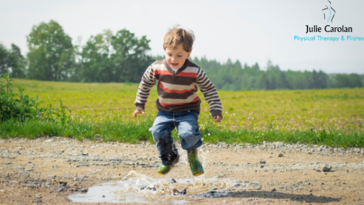Bone Health.
I’ve been learning more about bone health lately and at a recent course, one thing that struck me as interesting was that osteoporosis is seen as ‘a pediatric disease with geriatric manifestations’. What is meant by this is that diet and activity in children and young adults has a profound effect on their bone building ability and, therefore, their risk of developing osteoporosis in older age.
Osteoporosis.
Osteoporosis is defined as compromised bone strength. The bone becomes more porous (filled with holes) and therefore more fragile putting the sufferer at an increased risk of fractures. This can have severe consequences, especially for older people.
Osteoporosis is a ‘silent disease’, meaning many people don’t realise they suffer from it until they fracture a bone very easily for no apparent reason.
Bone Building.
Bone is built through a cycle of breakdown and repair. To keep our skeleton strong, our bodies constantly break down old bone and replace it with new bone. We build most of our strong bone in childhood and adolescence. By approximately age 30, our bones have reached their maximum strength. From age 30 onward, the breaking-down process of bone building becomes more dominant and bones gradually become less dense and strong.
This means that it is very important to ensure that our children and young adults have a lifestyle that encourages as much bone building as possible in order to give them the best chance of keeping their bones strong into old age. If someone reaches the age of 30 with already fragile bones, the risk of osteoporosis developing is greatly increased.
So, how can we ensure that our young people are developing the best bones possible for them?
Diet and exercise are key:
- Eat a healthy varied diet rich in fresh fruit, vegetables and rich sources of calcium and Vitamin D.
- Weight bearing exercise is very important. This is exercise where the body is supporting it’s own weight such as walking, running, jumping, dancing, gymnastics etc – all activities that young children will do naturally if they are sent outside to play. Weight bearing exercises put pressure on the bones causing them to break down and re-build more efficiently. Exercises such as swimming and cycling, while excellent for muscle development, are not classified as weight bearing. However, strong muscles will put a pull on bones, also causing some increase in bone building.
- Keeping a healthy weight. Being severely underweight or anorexic puts a person at risk of bone loss. The flip side of this, is that studies show being overweight or obese may also increase risk of osteoporosis due to fat deposits in the bone marrow and there is the added complication of extra unwanted pressure on joints. For young women who are very underweight and/or exercise excessively, there is a risk of having an absence of menstruation. This causes a drop in the hormones important in the bone-building process and causes bones to weaken.
The key, therefore, is a healthy balanced diet and exercise regime. Make sure the kids eat well and send them outside to play as often as possible. For older kids and young adults (or if there’s not much outdoor space at home) organised activities such as football/athletics clubs, dance/gymnastics/tennis classes etc are all great places to start building bone and building healthy habits to bring into adult life. There will be lots of other benefits too, they’ll make new friends, be able to concentrate better, improve heart health…. the list goes on, it’s a win-win!

